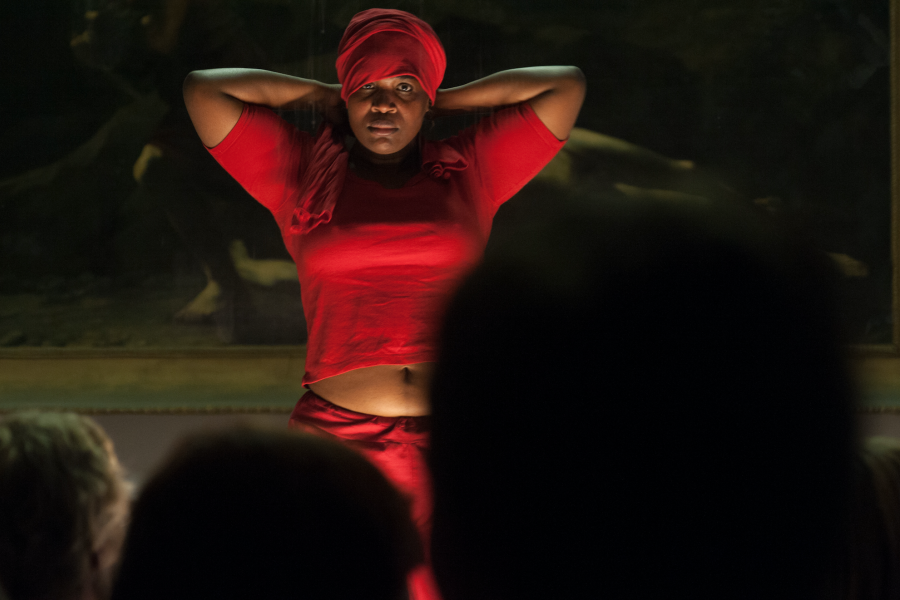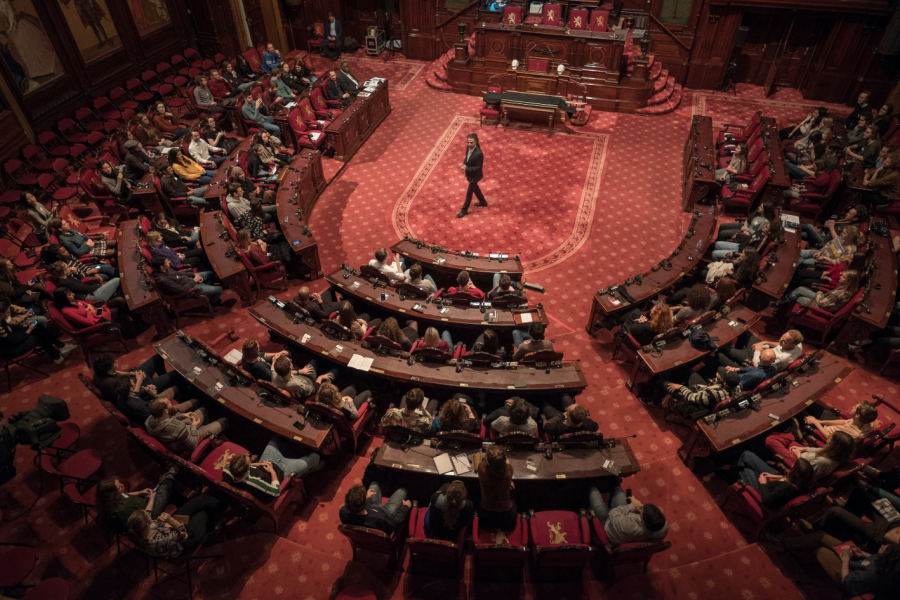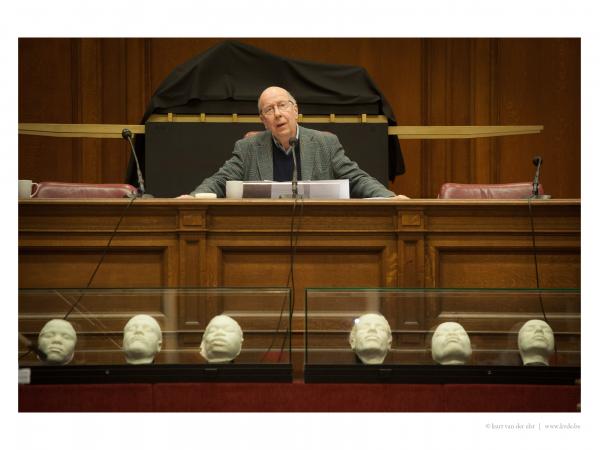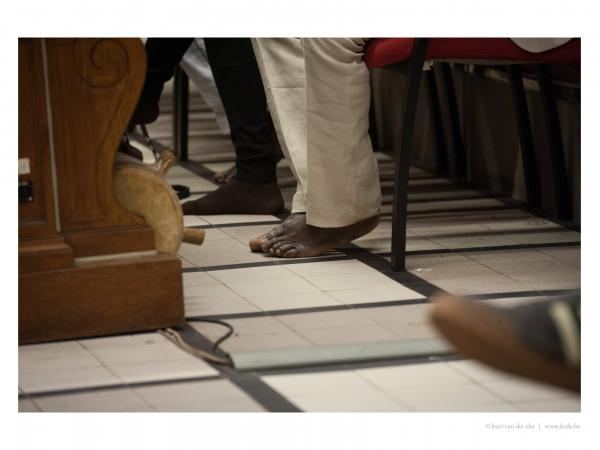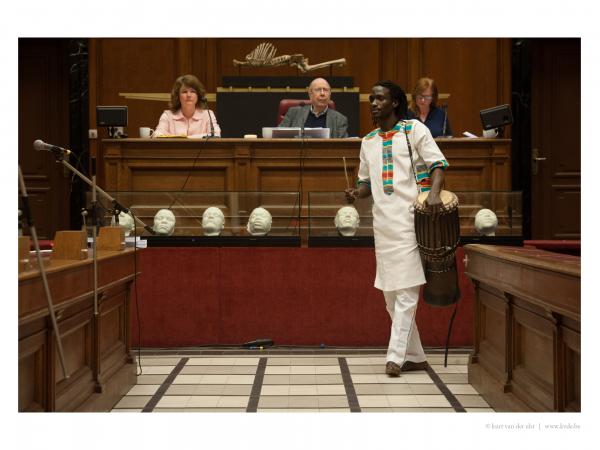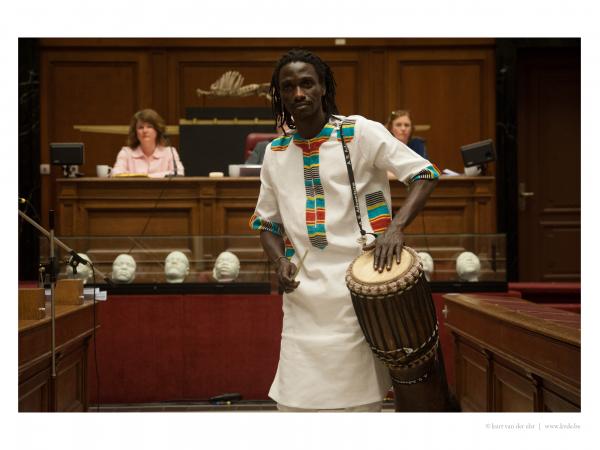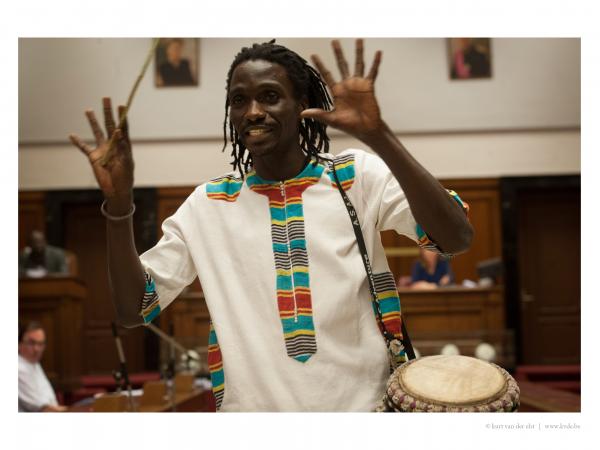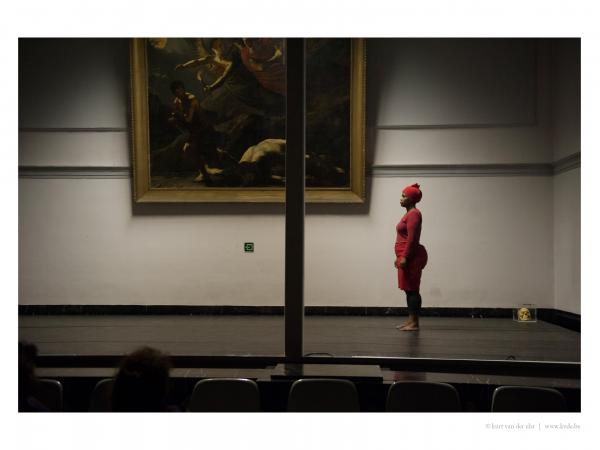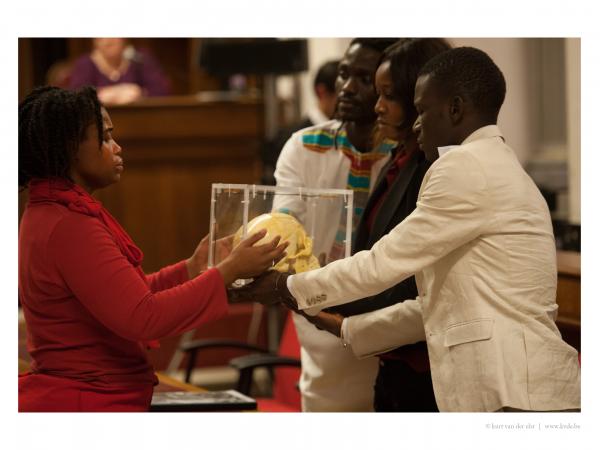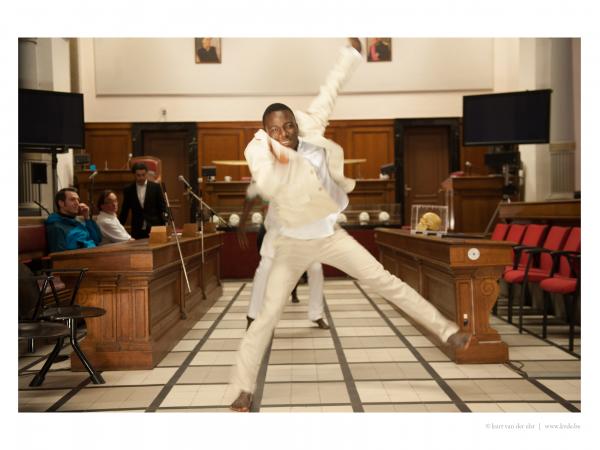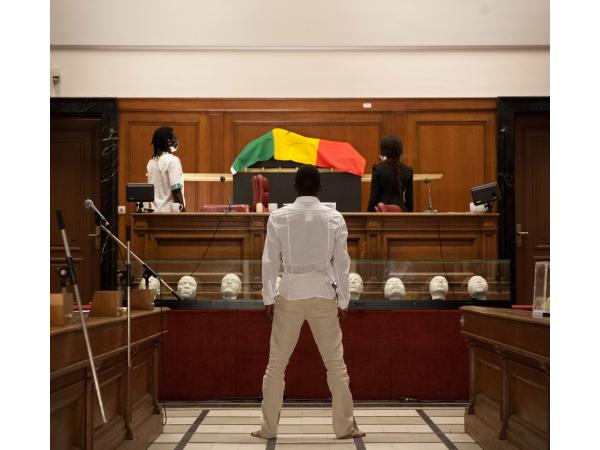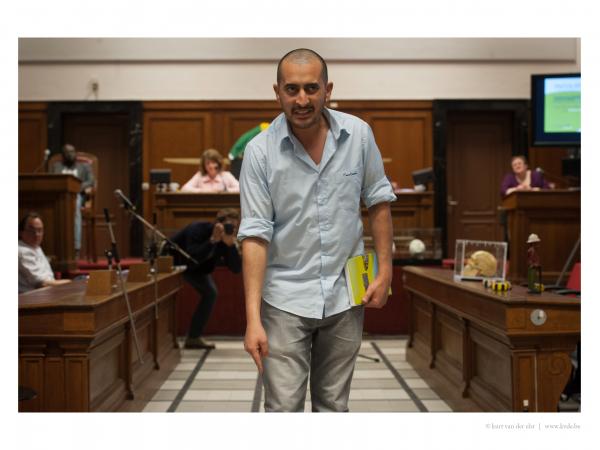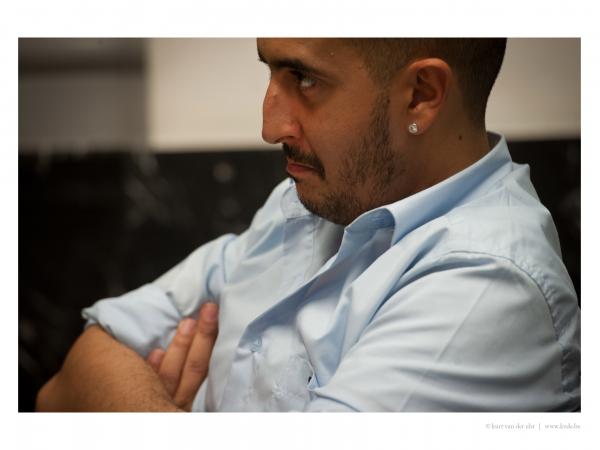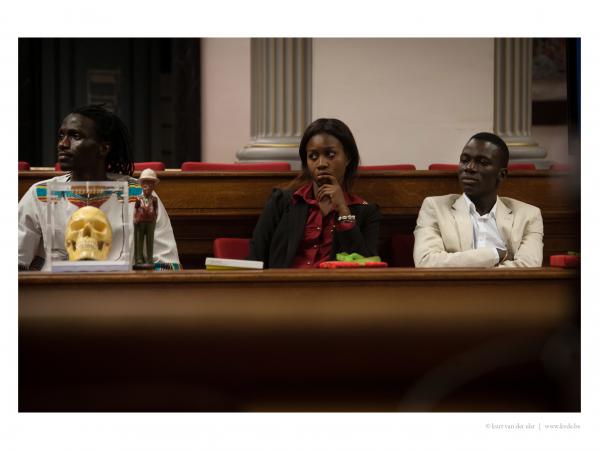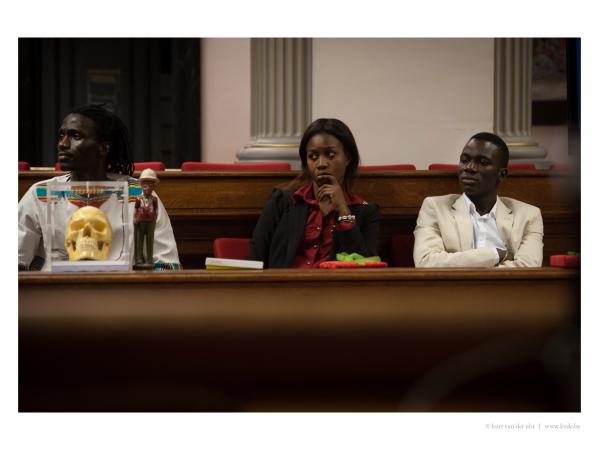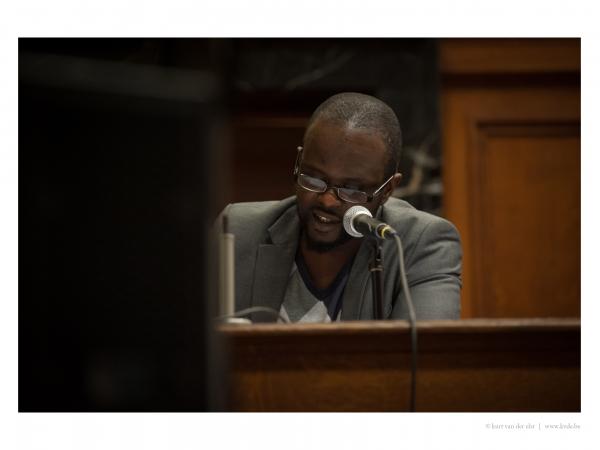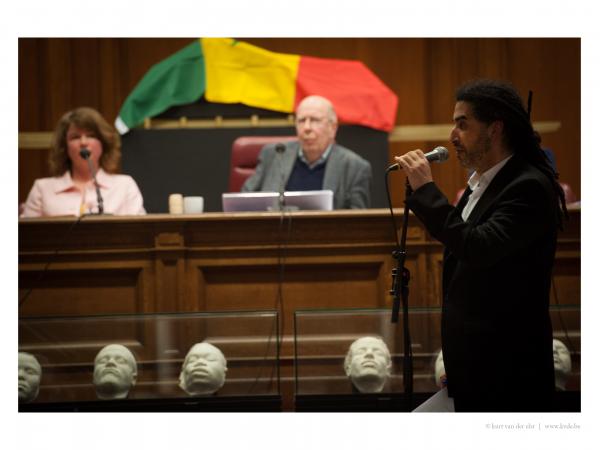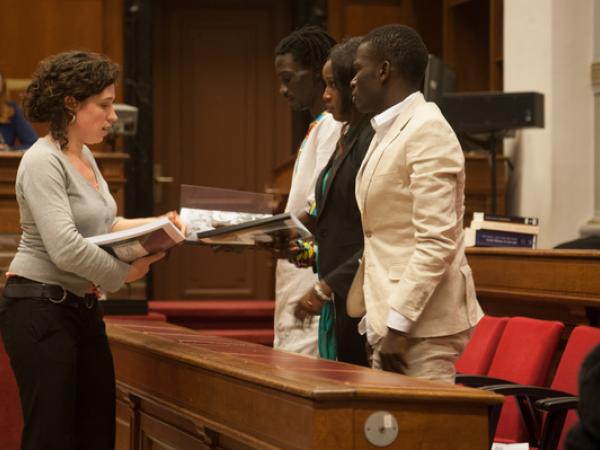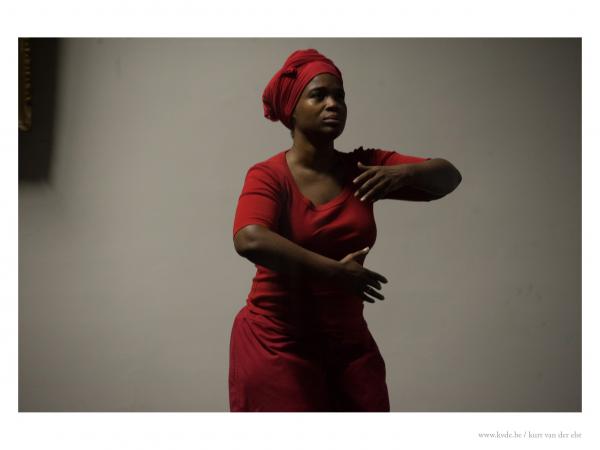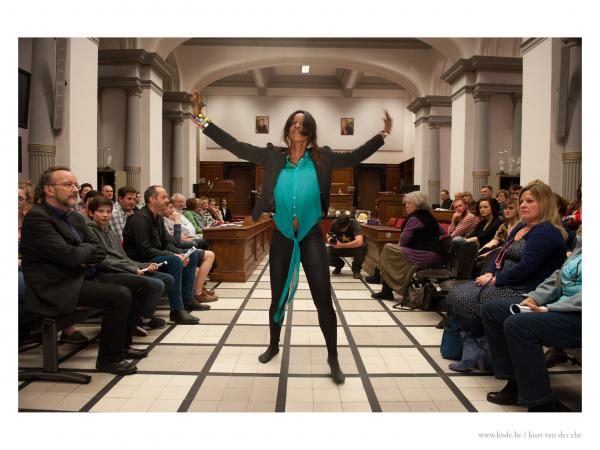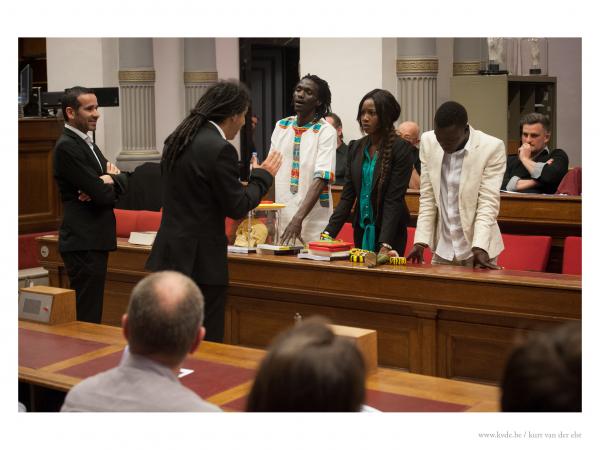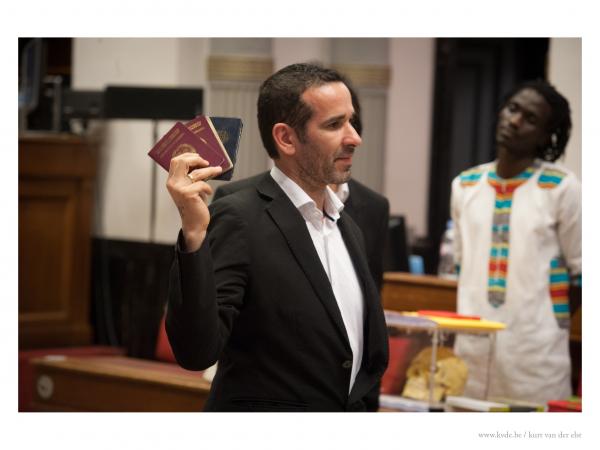The Truth Commission
Until a century ago, Flanders and Belgium were the infamous champions in the exhibition of 'exotics' in zoo-like conditions, attracting millions of visitors. Just think of the 144 Congolese in Antwerp (1894), the 270 Congolese in Brussels (1897), or even the 128 Senegalese and 60 Filipinos during the World's Fair in Ghent (1913) who were literally or imaginarily presented in cages. In these conditions, many of the exhibited people died. The toll of the world exhibitions, often regarded as 'amusing, educational events that sought to educate people about the state of (Western) civilization', was high. The exhibition of 'exotics' was part of a then prevailing racist discourse that spread throughout the rest of Europe. In addition, this discourse was fueled by the government, the Catholic Church, academics and artists.
With the 'The Truth Commission', Action Zoo Humain wonders aloud whether many of today's debates did not originate in the colonial chapter of our national history: exhibiting Congolese during the World Exhibition. At the world exhibitions of 1885, 1894 and 1930, Congolese were exhibited as 'attractions' in mock huts. They enacted 'authentic' rituals with a 'white' audience looking on. Was this hallucinatory event racist and degrading or rather an example of intercultural exchange? Does today's socio-cultural divide hark back deep into history? 'The Truth Commission' determines which lies are permissible and which are not.
The Truth Commission has already been performed in Ghent (2013), Cape Town (2014), Antwerp (2016) and Mechelen (2017).
In wisschen hutten toonden de zwarten aan de bezoekers het typische leven hunner negerij en leverden zich niet alleen over aan zeer pittoreske dansen en duikelingen, maar ook aan hun eigenaardig handwerk.
- Guldenboek der Wereldtentoonstelling Antwerpen, 1930
Credits
De Waarheidscommissie Brussel (2018)
VAN EN MET Gia Abrassart, prof. dr. Kevin Absillis (UA), prof. dr. Zana Aziza Etambala (KMMA), dr. Bambi Ceuppens (KMMA), Chokri Ben Chikha, Sanderijn Helsen, Chantal Loïal, Nabil Mallat, Starlette Mathata-Mathas, Moussa N’Diaye, Annemie Neyts, Dahlia Pessemiers-Benamar, Marijke Pinoy, Christophe Vekeman ONDER LEIDING VAN Chokri Ben Chikha REGIE Chokri & Zouzou Ben Chikha PRODUCTIELEIDING Sietske de Vries TECHNIEK Niels Ieven PRODUCTIE Action Zoo Humain COPRODUCTIE KASK/School of Arts/HoGent PARTNERS Belgische Senaat, BELvue museum, DeMens.nu, Koninklijk Instituut voor Midden-Afrika (KMMA), Muntpunt, NTGent MET DANK AAN Bert Anciaux, dr. Karel Arnaut (KU Leuven), Koen Augustijnen, dr. Véronique Clette-Gakuba (ULB), dr. Maarten Couttenier (KMMA), prof. dr. Idesbald Goddeeris (KU Leuven) MET DE STEUN VAN Vlaamse overheid
De Waarheidscommissie Antwerpen (2016) & Mechelen (2017)
VAN EN MET Chokri & Zouzou Ben Chikha, Dahlia Pessemiers-Benamar, Marijke Pinoy, Mourade Zeguendi, prof. em. Herman Balthazar, Chantal Loïal, Ilse Mariën, Moussa N'Diaye, Omar Ba, Tom Lanoye/Eric Kempeneers, dr. Zana Aziza Etambala (Koninklijk Instituut voor Midden-Afrika), prof. dr. Henk De Smaele (UA), prof. dr. Kevin Absillis (UA), Starlette Mathata-Mathas, Koen Augustijnen ONDER LEIDING VAN Chokri Ben Chikha REGIE Chokri & Zouzou Ben Chikha PRODUCTIE Action Zoo Humain COPRODUCTIE KC Vooruit, KASK/School of Arts/Hogent PARTNERS Cultuur District Antwerpen, ccBe, Kultuurfaktorij Monty, Mestizo Arts Festival, Arenberg MET DE STEUN VAN Vlaamse Overheid, Stad Antwerpen
De Waarheidscommissie Kaapstad (2014)
VAN EN MET Tom Lanoye, prof. em. Herman Balthazar, Chokri & Zouzou Ben Chikha, Marijke Pinoy, Mourade Zeguendi, Chantal Loïal, Ilse Mariën, Annelies Verdoolaege (UGent), Josiane Kimbaut, Michael Olabode- Myslop Owa, Christopher Kudyahakuda Dirwe PRODUCTIE Action Zoo Humain COPRODUCTIE KC Vooruit, KASK/School of Arts/Hogent PARTNER University of the Western Cape MET DE STEUN VAN Vlaamse Overheid, Provincie Oost-Vlaanderen, Stad Gent, Universiteit Gent, Afrikaans Platform, Regie der Gebouwen, Liga Voor Mensenrechten
De Waarheidscommissie Gent (2013)
VAN EN MET prof. em. Herman Balthazar, Johan Braeckman (UGent), Youssou N'Dour (o.v.), Marijke Pinoy, Chokri & Zouzou Ben Chikha, Maimouna Diao, Kardinaal Danneels (o.v.), Mourade Zeguendi, Minister Bourgeois (o.v.), Ousmane N'Diaye, Koen Augustijnen, Ilse Mariën, Ben Benaouisse, Evelien Jonckheere (UGent), Moussa Nambé N'Diaye, Chantal Loial, Herwig Deweerdt (Cyriel Buysse Genootschap), Studenten KASK, Omar Ba (Afrikaans Platform), Annelies Verdoolaege (UGent) COPRODUCTIE KC Vooruit, KASK/School of Arts/Hogent IN SAMENWERKING MET De Centrale, les ballets C de la B en CAMPO MET DE STEUN VAN De Vlaamse Overheid, Provincie Oost-Vlaanderen, Stad Gent, Universiteit Gent, Afrikaans Platform, Regie der Gebouwen, Liga Voor Mensenrechten
In de pers
"Het is 60 jaar geleden dat Congolezen en andere Afrikanen tijdens Expo ’58 werden opgevoerd in een namaakdorp om het publiek te vermaken. Daarvoor biedt Brussels burgemeester Close (PS) nu zijn excuses aan. 'Er moet meer aandacht komen voor het kolonisatieverleden in het onderwijs.'"
"Meer dan 500 toeschouwers in de Senaat hebben gestemd over vijf beleidsaanbevelingen voor de verwerking van het Belgische koloniale verleden."
